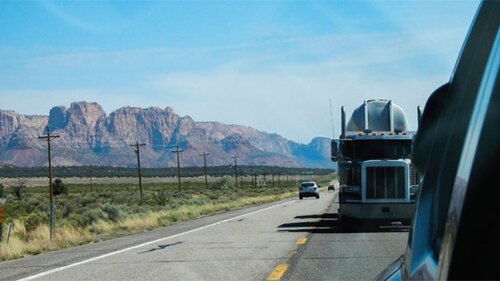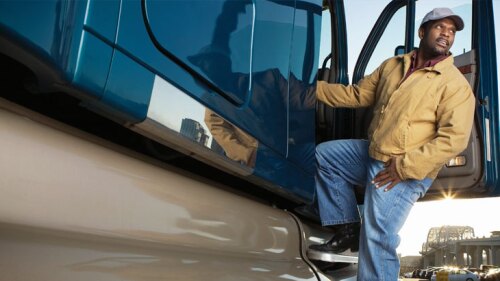No matter what industry you work in, driving a company vehicle includes risk — from the possible cost of property damage to the potential for lawsuits. One of the most dangerous things drivers do every day is backing up. Reportedly, one in four vehicle accidents occur when drivers are going in reverse. Most of these accidents involve vehicle damage, but bodily injury occurs as well. The National Highway Transportation Safety Agency calculates an average of 210 fatalities and 15,000 injuries are caused by back-up accidents every year.
And those risks multiply when you need to back up a vehicle. Whether you’re an employer or a driver, it’s important to be trained in proper backing.
Follow these tips to prevent vehicle backing accidents:
Know your blind spots. The larger the vehicle, the larger the blind spot. Ask an employee to stand directly behind a parked vehicle with a safety cone. Have him or her walk back from the vehicle, set down the cone when it becomes visible to the driver, and measure the distance of the blind spot.
Walk around the entire vehicle, observing the proximity of structures, other cars, pedestrians, or overhanging wires. Map it out in your head before you get behind the wheel.
Avoid backups when possible. In a parking lot, pull through to the space ahead of you; don’t leave room for someone to park in front of your vehicle. If possible, park in the street rather than a driveway.
Don’t park in alleys where you can’t drive through. Backing out of an alley into a busy street is dangerous for everyone. If you must park in the alley, back in (if local regulations allow it).
Use a spotter for difficult situations. Communicate with hand signals that the driver and spotter understand. This is important for situations where children are present, such as schools, play areas, and residential jobsites. Children are unpredictable and easily hidden in your blind spots.
Get proper rest. Fatigue and lack of rest are major contributors to fleet accidents. Make sure drivers are well rested and alert when driving.
Use technology with caution. Back-up alarms warn bystanders when a vehicle is in reverse. Back-up sonar warns a driver when an object is in the reverse path, and closed-circuit mini TV cameras give a clear view of the path. However, these tools can fail if the driver or surrounding pedestrians ignore or fail to use these devices properly.






